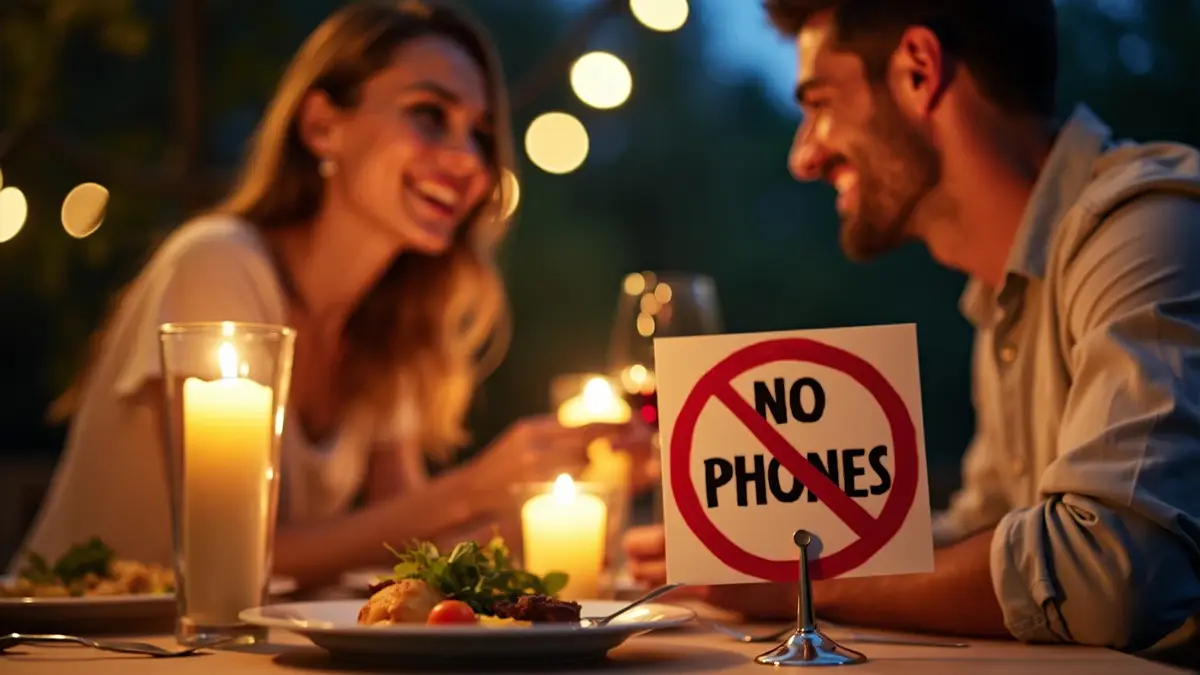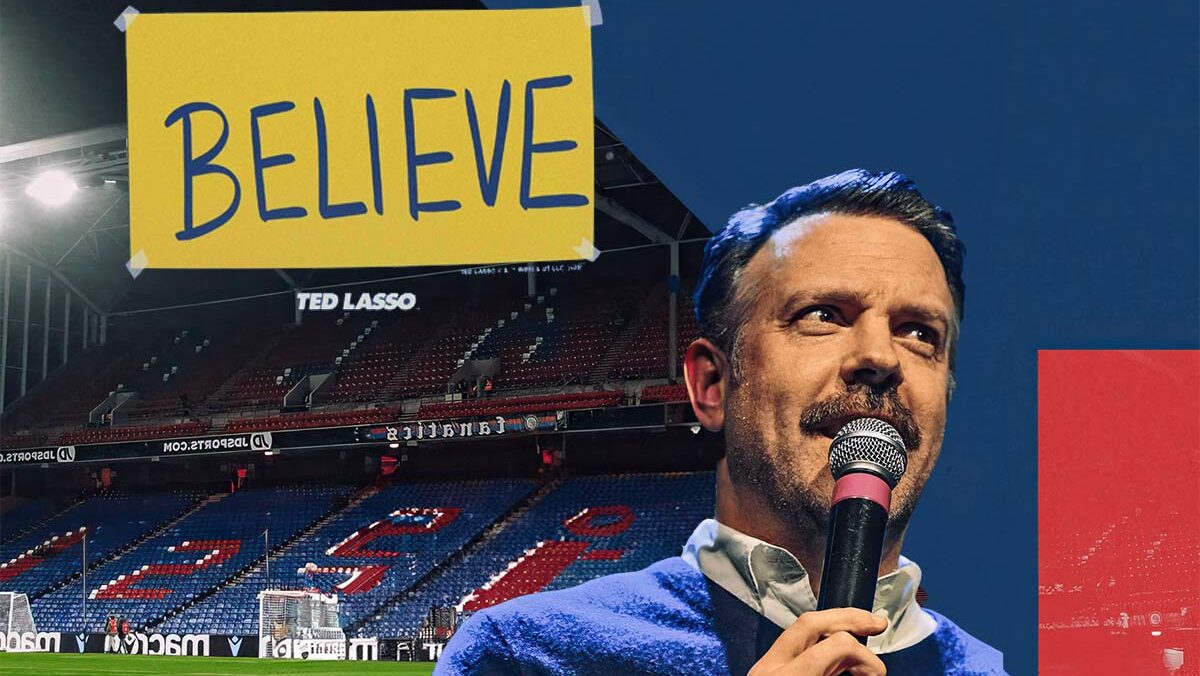3 Essential Relationship Non-Negotiables and Boundaries
Setting Healthy Boundaries and Recognizing Deal Breakers
In every relationship, there are certain things you just can’t overlook—those are your relationship non-negotiables. These are the lines that mustn’t be crossed if you want to keep your relationship healthy and happy.
They’re not about being picky or hard to please; they’re about protecting your heart and ensuring that you’re treated with respect.
But how do you know what your non-negotiables are? And why do they matter so much? Well, setting healthy relationship boundaries and understanding your relationship deal breakers are key to keeping your love strong.
“Without clear boundaries, misunderstandings pile up, and soon, little issues turn into big problems.” — Dr. Sarah Green, relationship expert
In this article, we’ll explore what relationship non-negotiables really mean, why healthy relationship boundaries are so important, and how recognizing your relationship deal breakers can help you build a love that lasts.
Key Concepts or Principles
At the core of every strong relationship lies a set of relationship non-negotiables—those must-have qualities or behaviors that each person needs in a partner. These non-negotiables are deeply personal and can be different for everyone, but they all serve the same purpose: protecting your values and making sure your needs are met.
Your relationship non-negotiables might include things like honesty, trust, or mutual respect. For some, it’s crucial that their partner shares similar values about family, religion, or lifestyle choices.
For others, it might be the need for clear communication or emotional support. Whatever they are, these non-negotiables are the foundation of a strong, healthy relationship.
“Non-negotiables aren’t about being rigid. They’re about knowing your worth and standing firm in your values.” — Dr. Emily Pierce, relationship coach
Then there’s the matter of healthy relationship boundaries. These boundaries are like invisible lines that help you and your partner understand what’s okay and what’s not in your relationship.
Setting these boundaries isn’t about putting up walls; it’s about creating a space where both of you can grow and thrive together.
Lastly, we have relationship deal breakers. These are the actions or behaviors that you simply can’t accept, the things that would make you reconsider the relationship. Deal breakers might include dishonesty, lack of respect, or conflicting life goals.
Knowing your relationship deal breakers is just as important as knowing your non-negotiables because they help protect you from situations that could hurt you.
Practical Applications or Tips
Now that we know how important relationship non-negotiables, healthy relationship boundaries, and relationship deal breakers are, let’s talk about how you can put these ideas into action in your own life.
1. Identify Your Relationship Non-Negotiables
First, take some time to think about what’s most important to you in a relationship. Ask yourself: What qualities must my partner have? What behaviors do I need to feel safe and loved?
Write these down, and be honest with yourself. These relationship non-negotiables are the bedrock of a healthy partnership, so they shouldn’t be negotiable in any way.
2. Set Healthy Relationship Boundaries
Setting boundaries might feel a bit scary at first, but it’s a crucial part of keeping your relationship respectful and balanced.
Think about the areas where you need more clarity or where you feel your boundaries are being pushed. Whether it’s about how much time you need for yourself, how you want to communicate during conflicts, or how you handle finances, setting clear, healthy relationship boundaries can help prevent misunderstandings and build mutual respect.
“Boundaries are the framework of trust and respect in a relationship. Without them, love can quickly turn into resentment.” — Dr. Laura Davis, couples therapist
3. Recognize Your Relationship Deal Breakers
It’s just as important to know what you can’t tolerate as it is to know what you need. Relationship deal breakers are those red flags that, if waved, would make you rethink the relationship.
These might include dishonesty, lack of respect, or incompatible life goals. By clearly identifying these deal breakers, you protect your emotional well-being and make sure you’re in a relationship that’s right for you.
Real-Life Examples
Let’s look at a couple of real-life examples to see what happens when relationship non-negotiables are ignored or healthy relationship boundaries aren’t set.
Ignoring Non-Negotiables
Sarah always believed that honesty was a non-negotiable in any relationship. But when she discovered that her partner, Mark, had been lying about small things, she chose to overlook it, thinking it wasn’t a big deal.
“I thought I could let the little lies slide, but they grew into something bigger, and trust completely broke down.” — Sarah, sharing her experience
Over time, those little lies grew bigger, leading to a complete breakdown of trust. If Sarah had stuck to her relationship non-negotiables from the start, she might have saved herself a lot of heartache.
Setting Healthy Boundaries
On the flip side, Tom and Lisa had a strong relationship because they set clear healthy relationship boundaries right from the start. They both valued their independence and agreed on how much alone time they needed.
“By respecting each other’s boundaries, we’ve managed to grow together without losing our individuality.” — Tom and Lisa, on setting boundaries
Their commitment to respecting each other’s boundaries helped them build a lasting, loving connection.
Challenges and Solutions
It’s not always easy to identify and enforce your relationship non-negotiables and healthy relationship boundaries, especially if you’re not sure where to start or if your partner has different ideas.
Challenge 1: Fear of Conflict
Many people avoid setting boundaries because they’re afraid of conflict or hurting their partner’s feelings. But avoiding these discussions can lead to resentment and bigger problems later on.
The solution is to approach these conversations with kindness and a focus on understanding each other.
Challenge 2: Lack of Clarity
Sometimes, it’s hard to figure out what your relationship non-negotiables and deal breakers are. This confusion can lead to inconsistency in your relationship.
The key is to spend time reflecting on what matters most to you and, if needed, seek advice from a trusted friend or counselor to help clear things up.
Scientific Insights or Expert Opinions
Experts in psychology often stress how crucial it is to have boundaries and non-negotiables in relationships. Dr. John Gottman, a well-known relationship researcher, says:
“Couples who set clear boundaries and understand each other’s core needs are more likely to have long-lasting, successful relationships.”
Studies also show that couples who openly talk about their relationship non-negotiables and set healthy relationship boundaries are happier and communicate better.
Conclusion
In any relationship, knowing your relationship non-negotiables and setting healthy relationship boundaries are key steps to building a love that lasts.
These principles help protect your heart and ensure that both you and your partner feel respected and valued. Don’t shy away from identifying and communicating your relationship deal breakers, because doing so will only make your relationship stronger in the end.
Take a Moment to Reflect
- What are your top three relationship non-negotiables?
- Have you set clear healthy relationship boundaries with your partner? If not, what steps can you take to establish them?
- What are your relationship deal breakers? Are you currently in a relationship that respects these deal breakers?
Join the Conversation
We’d love to hear from you! What are some of your relationship non-negotiables? Share your thoughts in the comments below or join the conversation on social media using #RelationshipNonNegotiables.
-

 Best Picks10 months ago
Best Picks10 months agoDriving Insurance: Get the Best Car Coverage Without Overpaying
-

 Best Rewards3 months ago
Best Rewards3 months agoBest rewards credit cards in 2025 for everyday use
-

 Personal Growth & Mindset1 year ago
Personal Growth & Mindset1 year agoTed Lasso Effect: 5 Goal-Setting Secrets You Must Know
-

 Career & Success1 year ago
Career & Success1 year ago30 Key Strategies for Growth: Mindset, Productivity & Wellness
-

 Personal Growth & Mindset1 year ago
Personal Growth & Mindset1 year agoMachado de Assis: This Viral TikTok Explains Why You Need to Read ‘The Posthumous Memoirs of Brás Cubas’ Now
-

 Career & Success12 months ago
Career & Success12 months agoChallenges of Not Having Goals: 5 tips to help you get started













